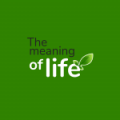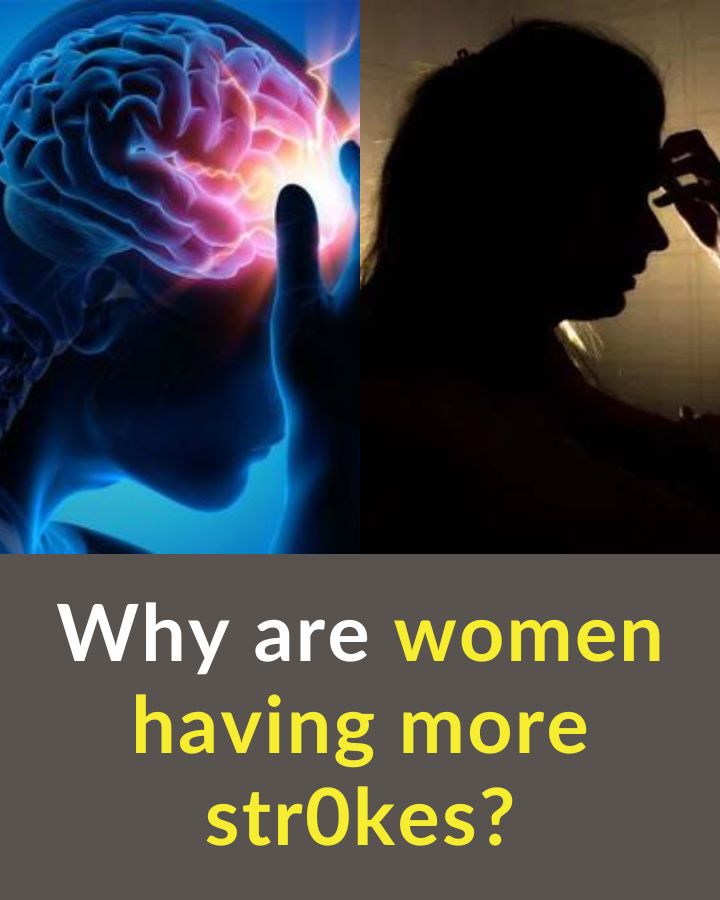
A str0ke, also referred to as a cerebrovascular accident (CVA), occurs when blood flow to a section of the brain is disrupted. As a result, brain cells begin to d.i.e due to a lack of oxygen.
Why is str0ke becoming more common in women?
There are three main reasons:
- Women are increasingly leading sedentary lifestyles.
- Many experience high stress levels due to excessive workloads.
- After menopause, they lose the hormonal protection that helps prevent cardiovascular diseases.
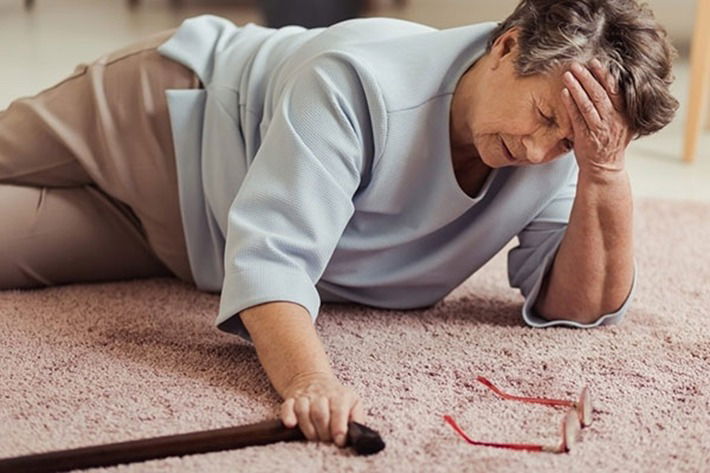
Recognizing Str0ke Symptoms
Identifying the early signs of a str0ke is crucial. In most cases, timely recognition can help prevent severe consequences or at least reduce the impact. Common symptoms include:
- Numbness or paralysis in the face, arms, or legs
- Confusion or difficulty thinking
- Loss of balance or coordination
- Vision and speech impairments
- Weakness and dizziness
- Intense headaches without a clear cause
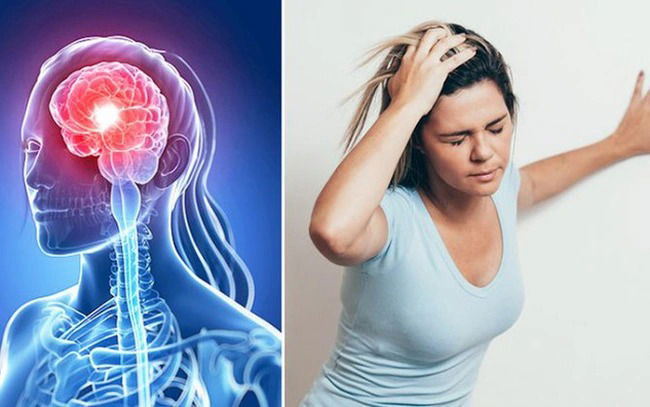
Additional Ri.sk Factors for Women
Some str0ke risk factors are unique to women, including:
- Beginning menstruation before the age of 10
- Entering menopause before age 45
- Low levels of DHEA, a hormone produced by the adrenal glands
- Use of hormonal contraceptives
High blood pressure is also a significant contributor to str0ke risk.
Additionally, lifestyle factors such as physical inactivity, poor diet, obesity, and smoking further increase the likelihood of experiencing a stroke.
10 Unusual Signs of Str0ke in Women
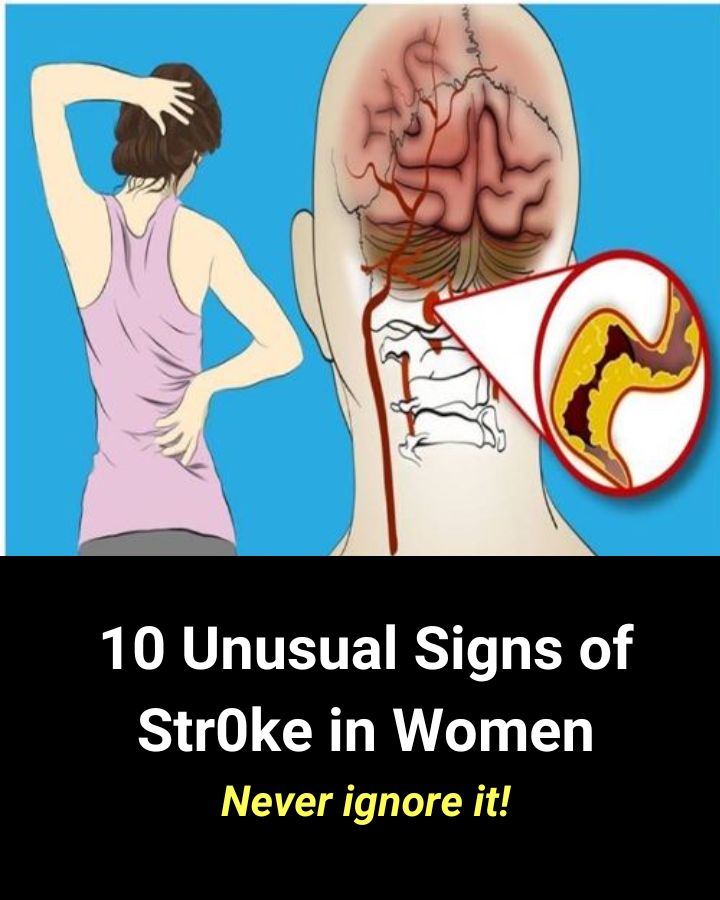
Str0ke can affect anyone, but women are more likely to encounter symptoms that differ from men. Str0ke symptoms can sometimes be mild or uncommon, particularly in women. We’ve compiled a list of 10 lesser-known indicators that may suggest a stroke in women.
1. Nausea and Vomiting
Although many people identify str0ke with symptoms like weakness, paralysis, or difficulty speaking, nausea and vomiting can also be indicators. Women, in particular, may experience these symptoms as a result of elevated intracranial pressure, which occurs when blood flow to the brain is halted.
2. Sudden and Severe Headache
A sudden, severe headache may be a sign of a stroke, particularly if it is different from your usual headaches. Women who have a history of migraines may experience increased pain when a stroke occurs. This pain may also be accompanied by other symptoms, such as nausea and sensitivity to light.
3. Shortness of Breath
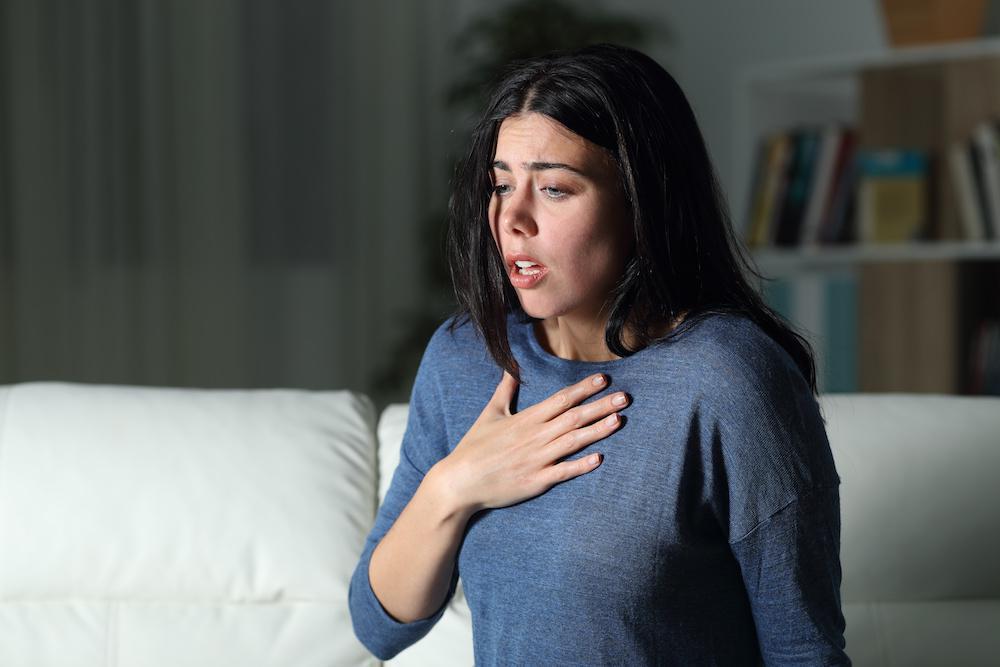
Difficulty breathing or feeling short of breath is a less common symptom, although it can occur in women suffering from stroke. This occurs because a problem with blood supply to the brain might impair breathing capacity, resulting in a sense of suffocation or extreme weariness.
4. Changes in Balance and Coordination
Women may experience a loss of balance or coordination, which can be confused with common dizziness or even fainting. Difficulty walking, loss of balance and the feeling of being “drunk” without having consumed alcohol are signs to watch out for.
5. Mental Confusion or Disorientation
Sudden confusion, memory loss, and disorientation are symptoms that may be more prevalent in women. They may have trouble recalling where they are, what they were doing, or even recognizing persons nearby. This misunderstanding may be subtle and mistaken for indicators of stress or weariness, but it should be investigated thoroughly.
6. Changes in Vision
Although vision loss is a more well-known symptom, women may experience a sudden change in vision in one eye or blurred vision, without total loss. This happens because a stroke can affect the area of the brain responsible for vision, leading to a temporary decrease in visual acuity or even blindness in one eye.
7. Neck or Jaw Pain
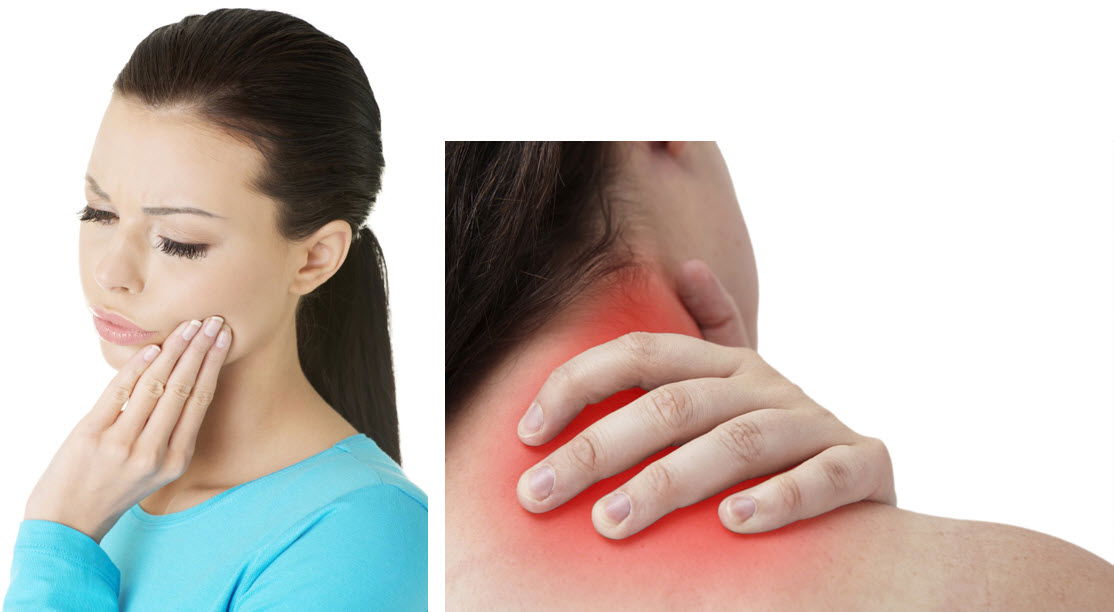
Neck or jaw discomfort in women may indicate a stroke, especially if it is accompanied by other symptoms such as nausea, trouble speaking, or tingling. This type of pain may be mistaken for regular muscle soreness or even tooth problems, but if it persists, seek medical attention.
8. Numbness or Tingling Sensation on One Side of the Body
Although numbness or tingling in the face, arm or leg is a well-known symptom, in women, this symptom may be more diffuse, affecting only one part of the body or appearing suddenly. The tingling sensation or paralysis may occur on one side of the body and progress to motor difficulties.
9. Mood Swings or Sudden Irritation
Sudden mood swings, such as severe impatience or feeling melancholy for no apparent cause, may indicate that the brain is being damaged by a stroke. Women, in particular, may experience a rapid shift in their emotions, which can be attributed to daily stress, but should be properly observed.
10. Excessive Fatigue and Unusual Weakness
While fatigue is a common symptom of many conditions, feeling extremely tired or weak for no apparent reason could be a sign of a stroke. Women may experience a sudden decrease in energy and strength, as if they are physically incapacitated, and this can be mistaken for signs of exhaustion or stress.
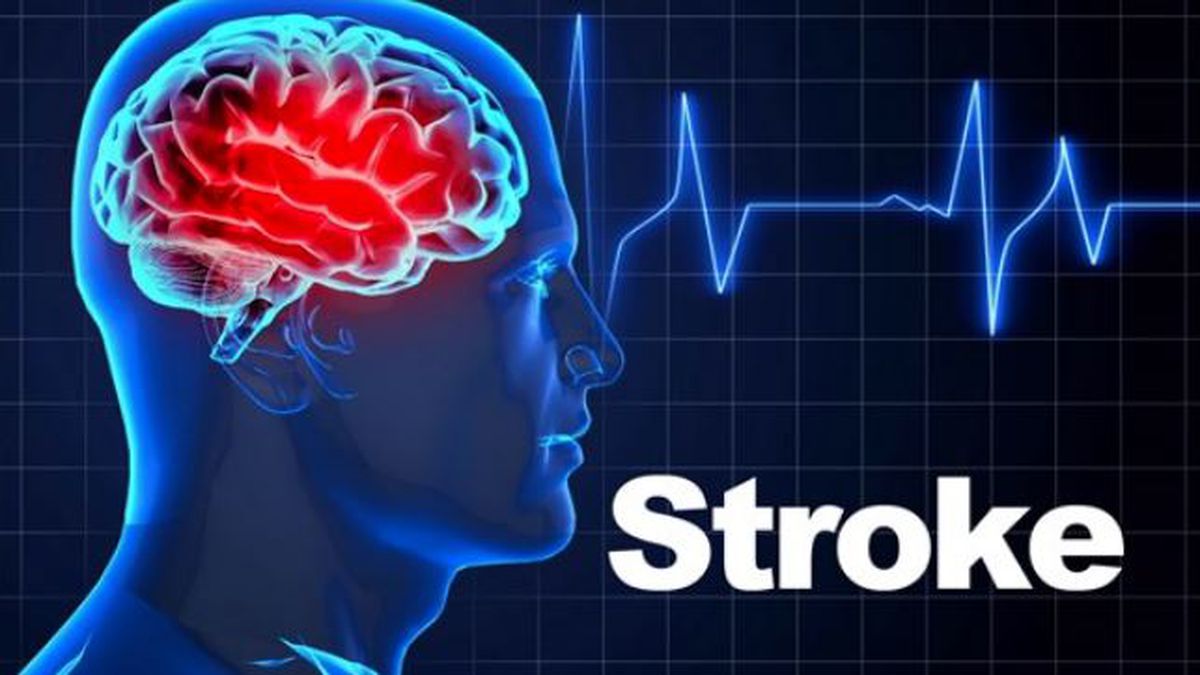
What to do if you notice these signs?
When you see any of these symptoms, the best thing you can do is get medical help right away. Time is of the essence when it comes to str0ke treatment, and an early diagnosis can save lives. Str0kes can be treated with blood flow-restoring drugs or surgical procedures, depending on the kind of str0ke, although treatment is most effective in the first few hours following the str0ke.
Conclusion
Women should be aware of the less common indicators of str0ke, which may be more subtle or harder to detect. Understanding these signs can make all the difference in early diagnosis and recovery. If in doubt, never hesitate to seek medical attention. Remember that the sooner you receive care, the more likely you are to have an effective treatment and complete recovery.










